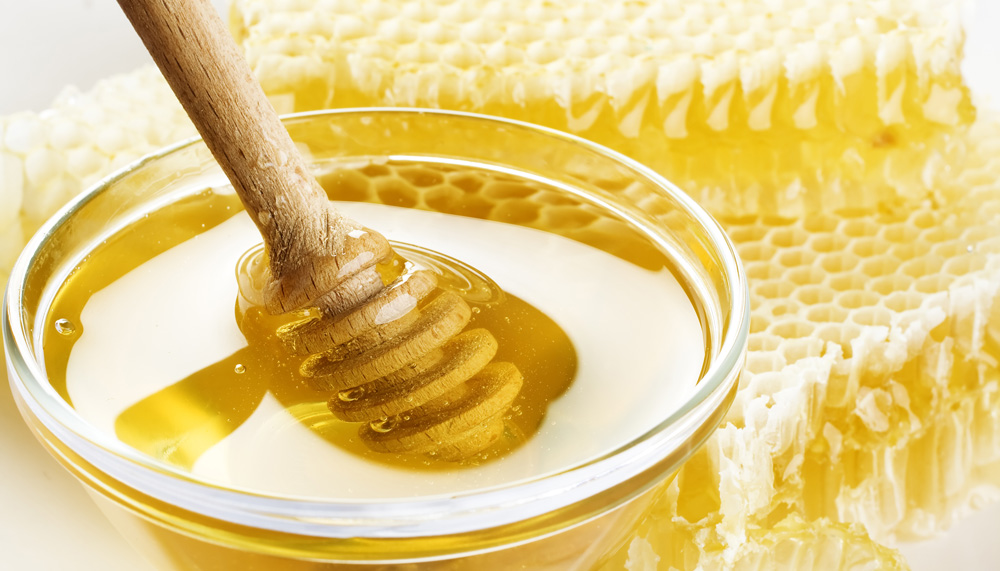With a rise in antibiotic resistance, a crisis in chronic wound management has been averted with a new treatment. By Aileen Macalintal
New research from the University of Technology Sydney has shown that the most effective type of honey for the treatment of chronic wounds is manuka honey, a natural product of the leptospermum scoparium plant that has unique healing properties.
UTS professor Elizabeth Harry, who led the study, said what prompted her to focus on honey in wound management research is the huge threat of antibiotic resistance to human health. She said antibiotic resistance has been growing since antibiotics have first been used.
“We were unaware of how bacteria become resistant but now we understand the problem. We realise just how dangerous it is to use them if it is not necessary. Antibiotic resistance can be traced back to the first widespread use of disinfectants by humans,” she said.
For thousands of years, honey has been used medicinally without the bacteria developing resistance to it, said Harry. Most likely, this is due to the physical and phytochemical properties of the honey that work against bacteria.
Researchers have not been able to isolate particular bacteria resistant to honey, but they continue to work on this as cases of chronic wounds escalate with rapidly increasing ageing population and chronic diseases.
“Because chronic wounds are exposed to bacteria for longer time periods and because these people tend to have compounding co-morbidities, wound infection is a significant issue in this group of Australians,” she said.
She said it is imperative to address these issues now as the overuse and misuse of antibiotics in treating infections add to antibiotic resistance, while other desirable options for treating wound infection are getting fewer.
“The antibiotic pipeline is dry,” she said.
“Medicinal honey is already approved by health regulatories and available on the market at a competitive price.”
In collaboration with Comvita, a New Zealand-based supplier of medicinal honey, researchers found that honey can kick-start stalled wounds and can control odour of malodorous wounds.
“Honey can be used as a first line topical antimicrobial for wounds with a high bio-burden contributing to a stalled wound,” Harry said.
This is particularly relevant in poorly perfused wounds, where any systemic antibiotic therapy is not effective.
“Honey dressings can also be used in conjunction with systemic antibiotics. This may reduce the dose/class of antibiotic needed, and may help to combat antibiotic resistance,” she said.
Harry said honey has also found a valid place in the wound care armoury as an odour control dressing since honey significantly reduces the bacterial burden in the wound. Wound odours from ammonia and sulphur byproducts are eliminated, reducing the need for odour masking products such as charcoal.
The attitudes of health professionals to honey as a conventional wound care product are polarised.
Harry identified four primary responses to the suggestion of honey as an option for wound care: those who believe it has a valid place in wound care based on successful clinical experience; those who believe honey is an antiquated treatment, a step backwards from advanced wound care; those who are unaware of any research to support their judgment; and those who refuse to use it due to what they believe as insufficient evidence.
“Some of the ways to overcome these objections are to present honey not as a miracle treatment for wounds but as a conventional treatment that has a place alongside other product options,” she said.
Wound Management CRC head Stephen Prowse said “Honey is just one possible therapeutic amongst a number of others.
“There seems to be good evidence that honey enhances healing in particular wounds, it is not clear just what that wound type/condition is,” Prowse said.
“Honey does have potential both as a topical antibacterial and in promoting wound healing. Clinicians will view this more favourably as controlled trials are conducted rather than marketing trials,” he said.
In the five or so years that Harry has been researching honey, she said the health professionals’ view toward the use of honey in the clinic has significantly changed, that is, toward accepting it as a valid option in wound care.
“I think we need to be more broad-minded about alternative anti-infective options as we are not going to solve it by just using antibiotics, and we may have no choice in the not-so-distant future,” she said.
Do you have an idea for a story?Email [email protected]
 Aged Care Insite Australia's number one aged care news source
Aged Care Insite Australia's number one aged care news source

